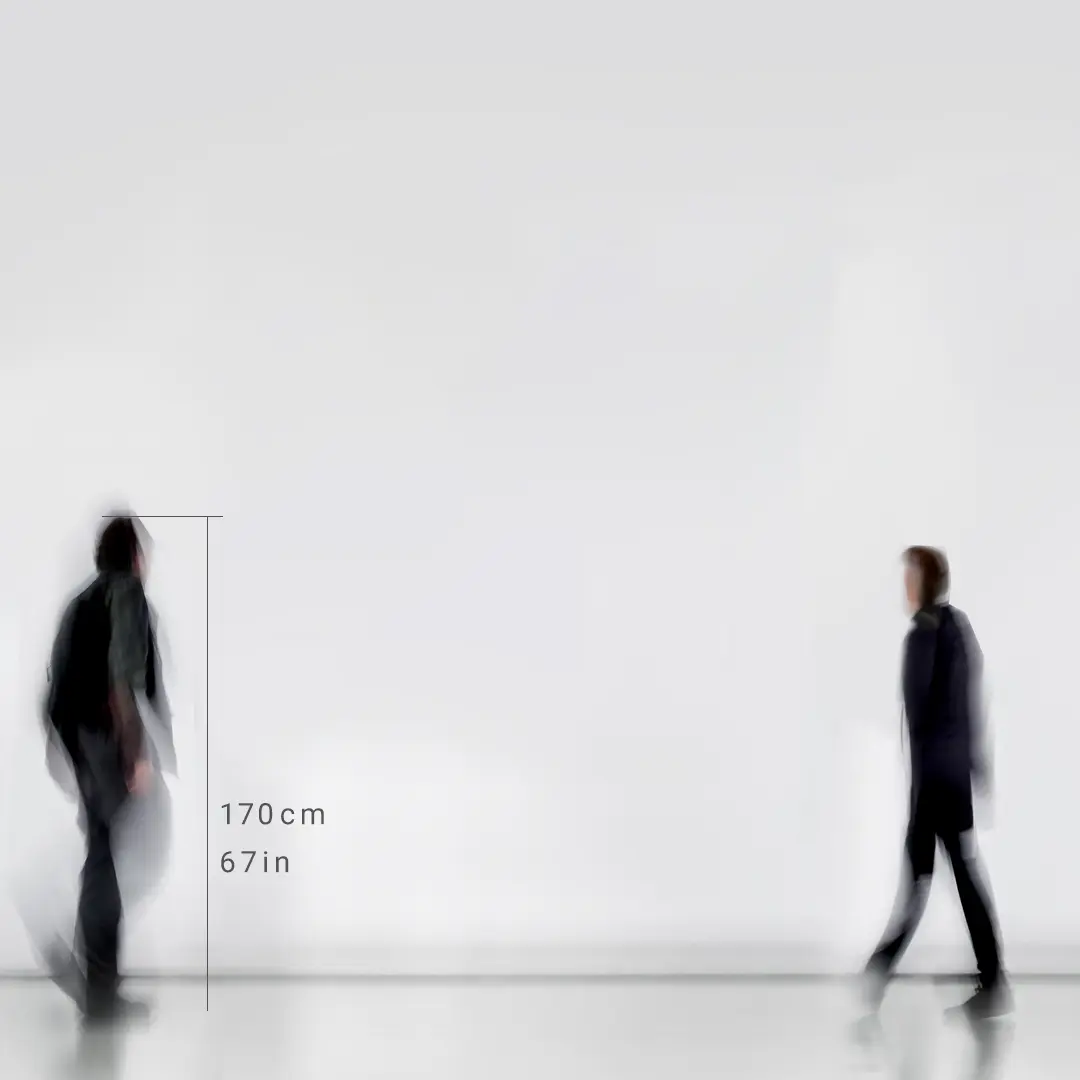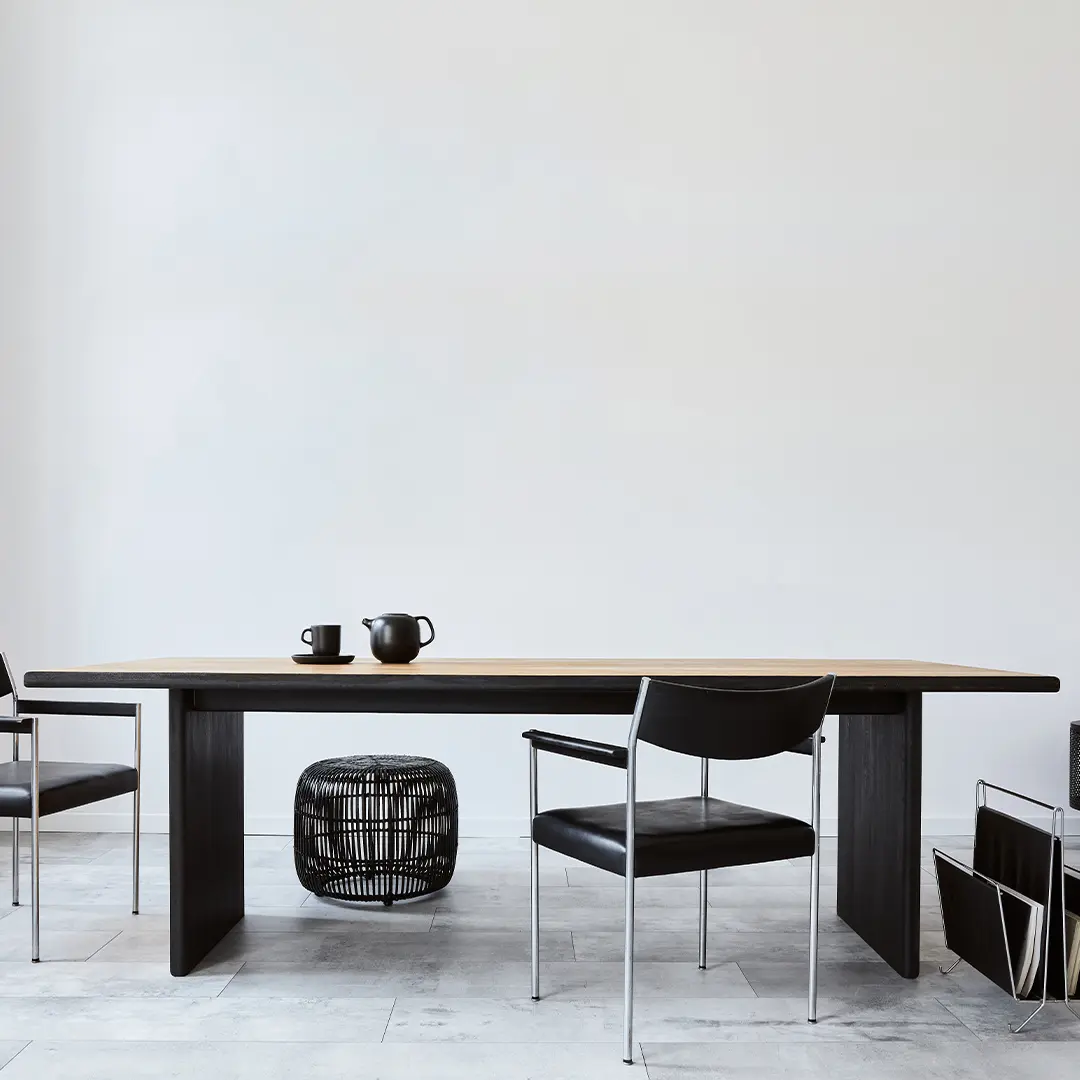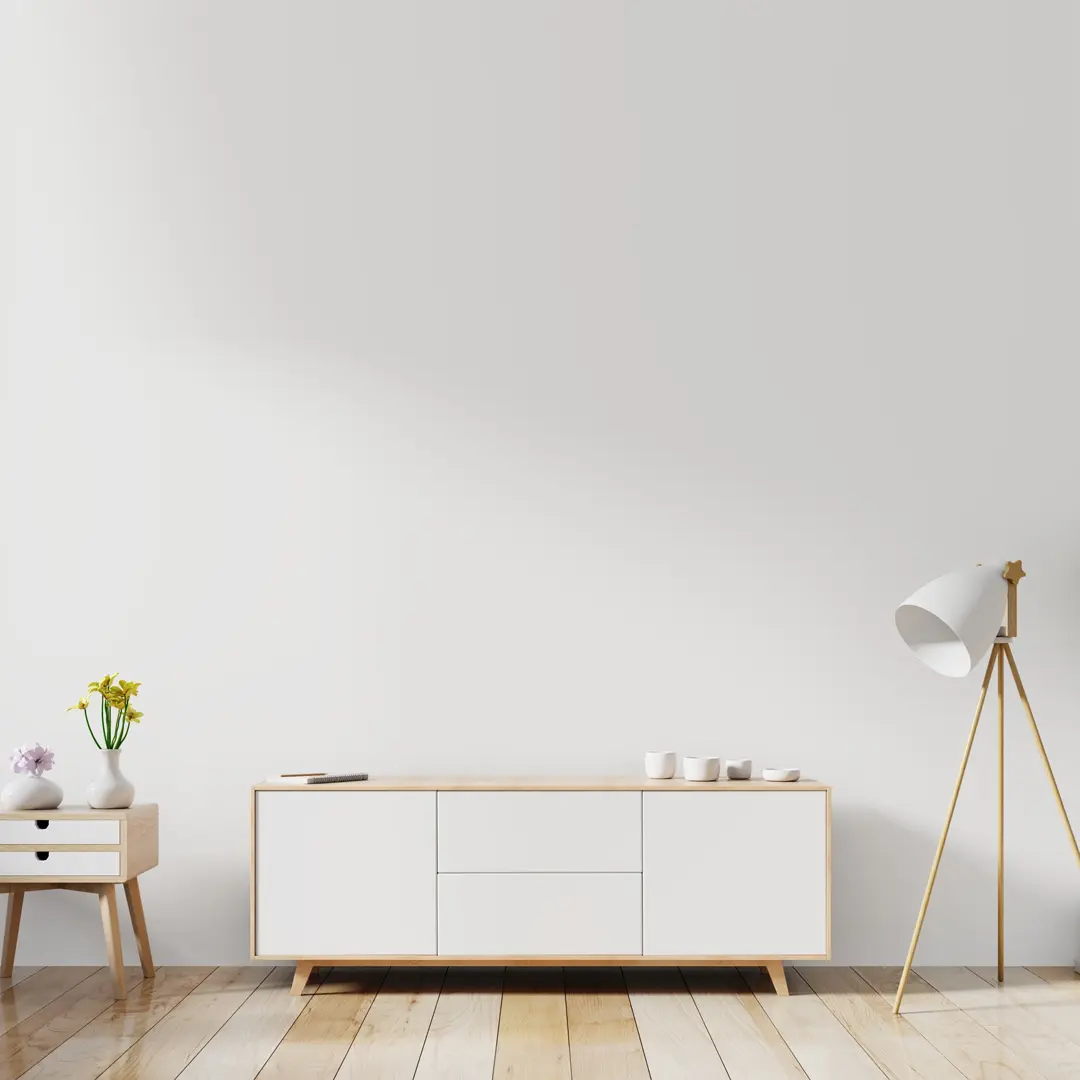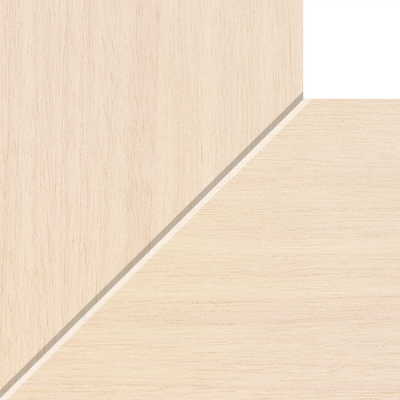Concept
Interview with artist Yaroslav Kurbanov 2011
How do you define what is art for you and what is not?
"My attitude towards art in general and my art in particular is defined by the following points:
Firstly:
- A work of art has to have an idea, whether it's current or already in the context of history. The main thing is that it should excite the viewer, awaken his senses and invite reflection. These days, artists often try to replace the whole palette of emotions that art is meant to evoke with plain shock and rejection.
Secondly:
- The artist must find the right material, as well as the right technique and form, to express his idea in the best possible way. One should not stick blindly to any style, especially if it does not meet the objectives that the artist has set out to achieve. The work of art must come first, not the personality of the artist. And a work of art "has to work" even without the context of the person who created it. We may not know about the life of the artist, the travails of his artwork or his path, but the artwork must still impress us. All these details are just "spices to the main course". For example, Picasso throughout his career changed his artistic style abruptly several times based on the tasks he had set for himself. And we are completely at ease with his different periods in his work without knowing all the circumstances of his personal and artistic life.
Thirdly:
- A work of art must be done professionally.
I get frustrated when I see an amateurish approach to execution. Sometimes I see an interestingly devised move in the work of an artist who has no technical skills and it is very frustrating. Although I call the twenty-first century "the century of the dilettante", who have decided that art education is unnecessary and have filled the entire artistic space with their "creations", I still believe that education is necessary, not only in technical or medical sciences, but it's just as important in the field of art.
What ideas and thoughts are you interested in art?
In my work, I touch on themes that are important to me personally. From reading classical and contemporary literature, I've realized that the same themes plagued people a hundred years ago and even earlier. They are love and hate, faith and betrayal, fear and self-control, the discrepancy between a person's inner world and his outer image, the "mask" he puts on for others. Time has no power over these themes. This distinguishes them from many everyday feelings that fade into oblivion after a couple of years, months and sometimes days. Spiritual values concern people as they did in the past, and they try to find answers to the same questions, just as before: Who am I? Where did I go? What is the meaning of life? What is happiness? What is love? Our inner world tries again and again to find the answers to these questions in the outer world. My art is my attempt to answer these questions.
Why have you chosen a rather traditional style of realism in the modern world, as it is much easier and quicker for a contemporary artist to draw in an abstract style for example?
The challenge technically and aesthetically is to express the main idea clearly and fully, and if realism is suitable for that, then you should not be afraid of being non-modern. In fact, I would rather define my style not as realism, but as metamodern. The metamodern style allows you to avoid the constraints of realism, to fully exploit the whole range of visual arts, to combine them in every possible way and to play with them.
Artists working on abstract art often think only about form, they have no ideas. They are only looking for a style to be recognisable. It's no longer art but design. It's art that doesn't bother you, it has only one idea - to match the colour of the interior, the sofa, the curtains and the wallpaper. In my opinion, if an artist has no idea he/she chooses abstraction as the main form of art to hide the lack of ideas and mastery of the craft.
But there is also the other extreme in art. When an artist cannot generalise and stylise the images he portrays. In that case he shows his handicraft only, making paintings according to the principle "What I see is what I draw", that is, he works with a kind of camera, without using the whole rich palette of modern artist's capabilities.
So real art is this delicate balancing act between everything, which is often impossible to describe in words. But if you are a professional and have a "trained eye", then you can see without any articles or explanations what is real and what is superficial. And it doesn't matter what style it is made in.
Your work often has a double undertone, is this intentional?
I almost always use symbols in my work. There have always been symbols in art, because art is not a mirror which reflects the world directly. The symbolism of art still and always has been built on the viewer who perceives symbols simply and naturally as they existed in their everyday life. However, each time has its own language of symbols. Still life in the 18th century could tell a whole story to its contemporaries, but now it is no more than a collection of objects for us. Contemporary art and the contemporary viewer have their own topical symbols.
Through the names of the paintings I try both to make the viewer more aware of my symbols and to lead them to the subject matter covered in my work. I believe that everyone understands the idea of the work and interprets and develops it in their own way. I do not want to impose my opinion on the viewer. Every person has his or her own view of the world around them. This way there is a silent dialogue between the artwork and the viewer.
If the viewer is distracted from the everyday worries and rush and thinks about eternal themes for even a couple of minutes, I can claim that my art has fulfilled its purpose.






































































